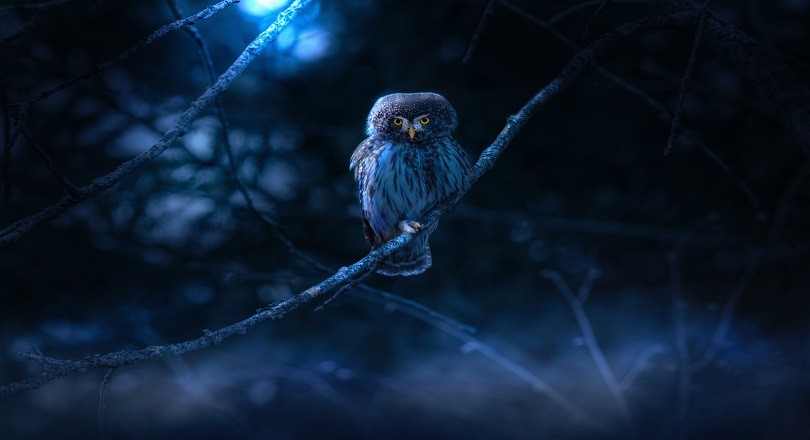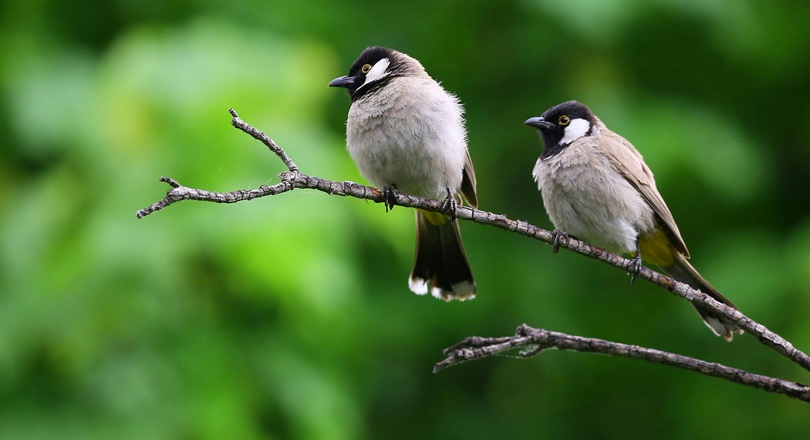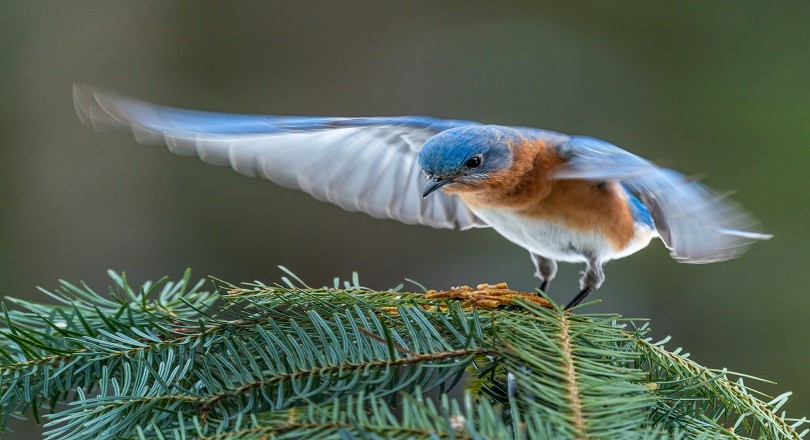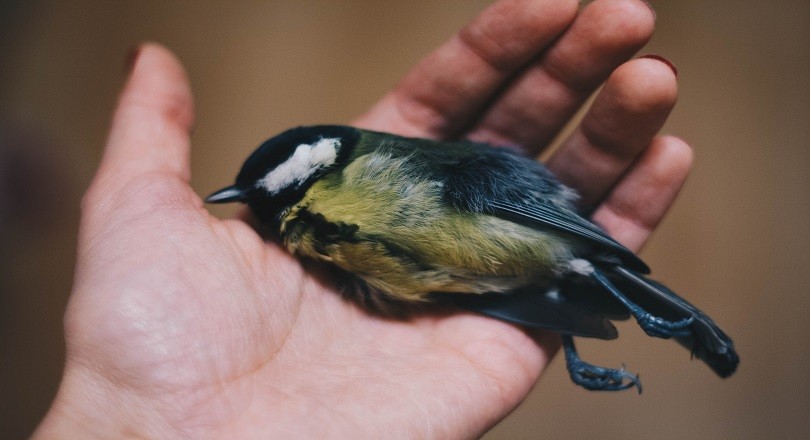Last Updated on February 28, 2025
At night, birds seek safe and secure places to roost. They often choose trees, shrubs, or man-made structures.
Birds need a good night’s rest just like humans. They find roosting spots that offer protection from predators and harsh weather. Common roosting locations include dense foliage, tree cavities, and sheltered ledges. Some birds prefer to sleep in large flocks for added safety.
These nocturnal habits are crucial for their survival and energy conservation. Different species have varying preferences based on their environment and behavior. Understanding where birds go at night helps bird watchers and researchers study their habits and habitats more effectively. This knowledge also aids in conservation efforts to protect these essential creatures.
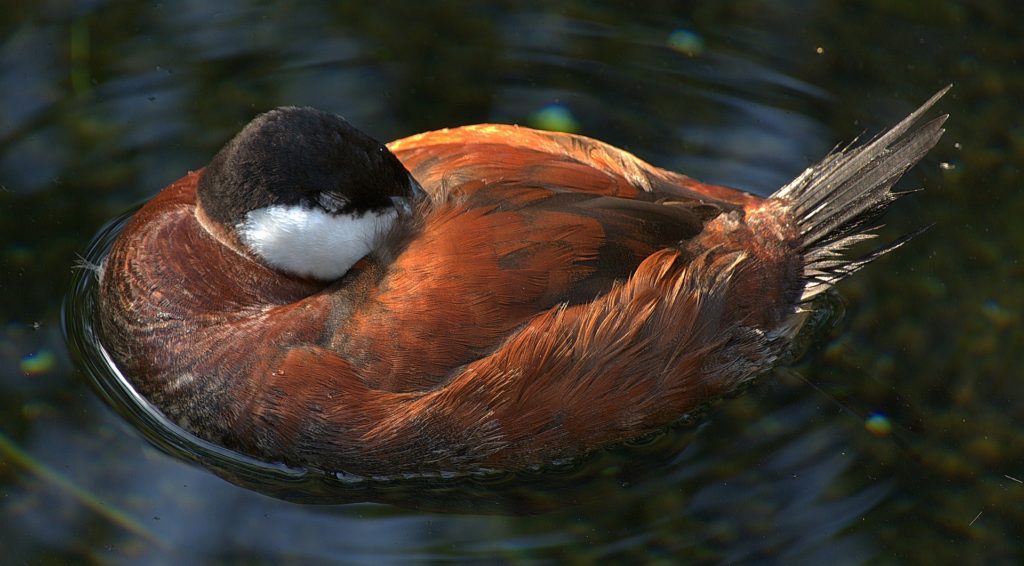
Mysteries Of The Night: Avian Sleep Patterns
Birds have unique sleep habits. They need to stay safe from predators. Their sleep patterns are fascinating. Birds have adapted in amazing ways to rest at night.
Keep Reading: How Many Chambers Does A Bird Heart Have?
The Quest For Rest: How Birds Choose Their Sleep Spots
Birds are selective about where they sleep. Safety is their top priority. They look for hidden spots away from predators. They also need a place that is warm and protected.
Birds often sleep in groups. This helps them stay warm. It also helps them watch for danger. Some birds even sleep while standing on one leg. This helps them stay ready to fly away fast.
| Bird Type | Preferred Sleep Spot |
|---|---|
| Songbirds | Trees, bushes |
| Waterfowl | Water, shoreline |
| Owls | Tree branches, barns |
From Trees To Burrows: Diverse Nighttime Havens
Birds find many places to sleep. Some choose high trees. Trees offer safety and a good view of the surroundings. Birds like robins and sparrows prefer trees.
Other birds, like ducks, sleep on water. Water keeps them safe from land predators. Birds like woodpeckers sleep in tree holes. These holes are called cavities.
Some birds use burrows for sleeping. These burrows are dug into the ground. Birds like puffins and kingfishers use burrows. Burrows offer a safe and hidden place to sleep.
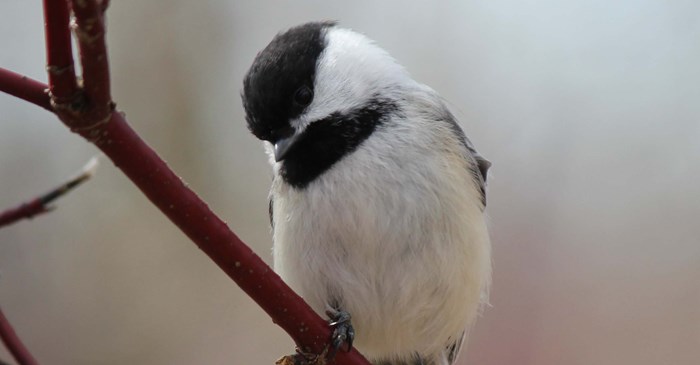
Navigating Darkness: Safety Strategies In The Avian World
Birds face many challenges at night. They need to find safe places to rest. Many birds have unique strategies to stay safe in the dark. These strategies help them avoid predators and stay warm.
Keep Reading: How To Tell If A Bird Is Stunned Or Dead?: A Quick Guide
Predator Evasion: Staying Out Of Harm’s Way
Birds use different tactics to avoid predators at night. Some birds hide in thick foliage. Others choose to sleep in high trees. These places make it hard for predators to reach them.
Many birds also use their keen senses to detect danger. They can hear and see better than humans in low light. This helps them stay alert and avoid threats.
The Role Of Group Sleep: Safety In Numbers
Many birds sleep in groups to stay safe. This is called communal roosting. Sleeping in groups offers many benefits.
- More eyes to spot danger
- Shared warmth to stay comfortable
- Better chances of survival
Birds in groups can alert each other of danger. They can also defend each other from predators. This makes group sleep a very effective strategy.
Seasonal Shifts: How Migration Influences Nocturnal Behavior
Birds travel long distances during migration seasons. This journey impacts their nighttime routines. Birds adapt their behavior to survive. Understanding these changes helps us appreciate bird survival skills.
The Impact Of Migration On Sleep Locations
During migration, birds travel to new areas. They must find safe places to sleep. Many birds choose trees, bushes, or hidden spots. These locations protect them from predators.
Other birds prefer sleeping on water. Ducks and geese sleep on lakes or rivers. Water offers safety from land predators.
Some birds sleep while flying. Swifts and frigatebirds rest on the wing. This keeps them safe and moving.
Adapting To New Nighttime Environments
Birds face different challenges in new places. They must adapt quickly. Different environments mean different threats.
In forests, birds hide in dense foliage. This keeps them hidden from predators.
In open fields, birds sleep on the ground. They rely on camouflage and alertness.
Water birds adapt by finding quiet water bodies. This keeps them safe from both land and water threats.
Birds also adjust their sleep patterns. They may sleep in shorter bursts. This helps them stay vigilant.
| Environment | Adaptation |
|---|---|
| Forests | Hide in dense foliage |
| Open Fields | Sleep on the ground |
| Water Bodies | Find quiet water areas |
Birds show amazing adaptability. Their survival skills are impressive. These changes help them thrive during migration.
Keep Reading: How To Get Birds Out Of Your Chimney? Safely & Quickly
Frequently Asked Questions
Do Birds Sleep In The Same Place Every Night?
Birds do not sleep in the same place every night. They often change roosting spots for safety and food availability. Different species have varying sleeping habits.
Where Do Birds Go When It’s Dark?
Birds usually roost in trees, bushes, or other safe spots at night. They seek shelter to avoid predators.
What Happens To Birds At Night?
At night, birds rest in safe locations like trees or nests. They conserve energy and avoid predators. Most birds sleep, but some nocturnal species remain active.
What Time Do Birds Go To Sleep At Night?
Birds typically go to sleep shortly after sunset. Their sleep patterns depend on species and environmental factors.
Where Do Birds Sleep At Night?
Most birds sleep in trees, shrubs, or dense foliage to stay safe from predators.
Conclusion
Understanding where birds go at night reveals much about their behaviors and habitats. They seek safe, quiet places to rest. Trees, bushes, and even urban structures provide shelter. Observing these patterns enhances our appreciation for these fascinating creatures. Keep exploring and learning about the natural world around you.

